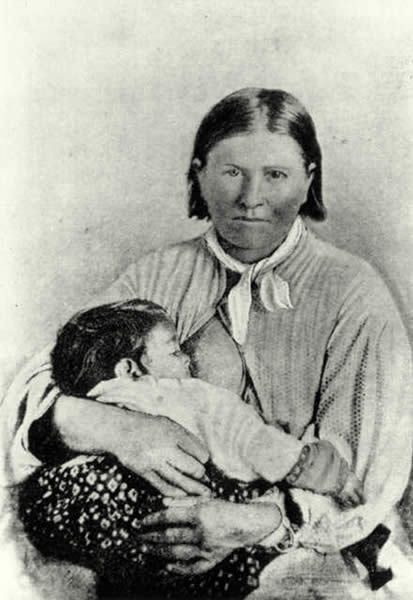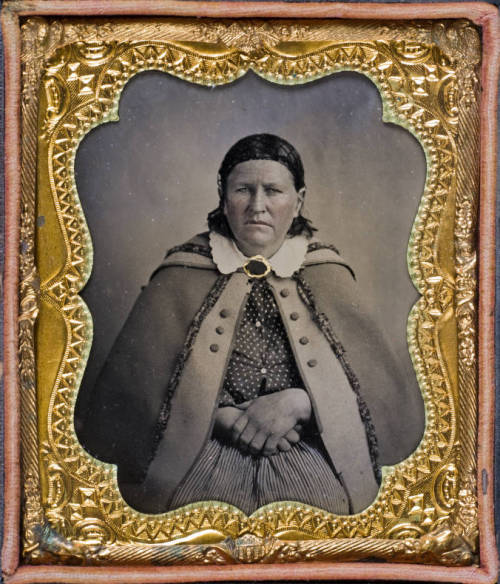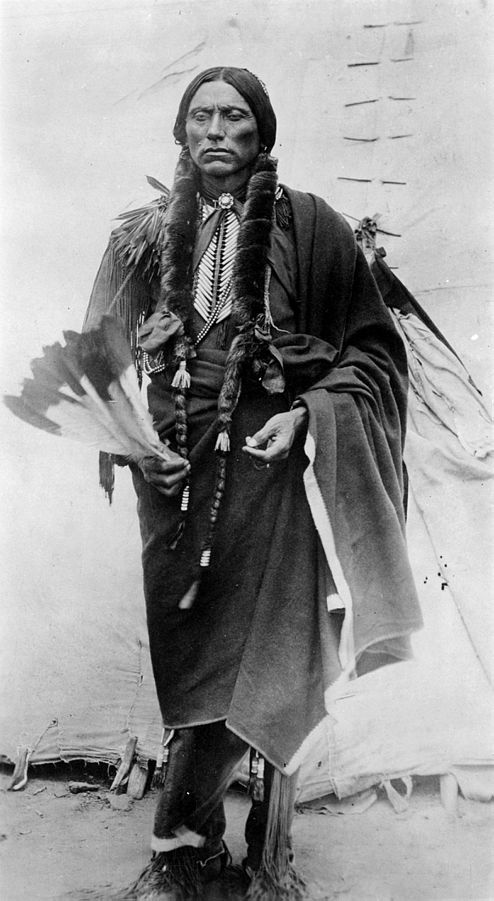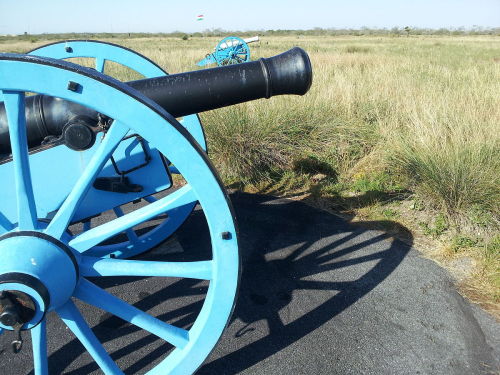
Farmer to Rancher
Oliver Loving was born in Kentucky in 1912. He grew up there, married Susan Morgan, and worked his farm. In 1943, he picked the family up to move to the Republic of Texas. There he was granted three parcels of land totaling a little over 600 acres, which he began to farm. Loving and his wife eventually had nine children and Loving began hauling freight and running a store to help make ends meets. By 1857, Loving owned more than 1,000 acres of land, which he used to run cattle. With so many cattle ranches in Texas, it was more profitable to drive the cattle out of state and Loving sent his son, William, up the Shawnee trail in 1857, with Loving himself driving the cattle in subsequent years.
New Trails
In 1860, Loving drove his cattle to Denver, Colorado, where an influx of miners had increased the need for beef. Loving stayed in Colorado for the winter, but the Civil War broke out and Union authorities prevented him from leaving for Confederate territory. However, Kit Carson spoke on his behalf and Loving was allowed to return to Texas. There, the Confederate army contracted with him to provide beef cattle for the troops and Loving spent the war years driving cattle across the Confederacy. After the war ended, cattle prices in Texas plummeted. On top of that, the Confederacy owed Loving over $100,000, which he couldn’t recoup. In an effort to make money from his diminished herd, Loving hit on the idea of taking his cattle to the Native Reservations in New Mexico. Loving joined his herd with that of Charles Goodnight and the two men and their ranch hands began the long drive in June of 1866. The trail followed the former path of the Butterfield Overland Mail coaches before turning north at the Pecos River. Others had followed this path, but it was Loving and Goodnight who made it famous and gave it its name: the Goodnight-Loving Trail. The two men were able to sell much of their cattle to the US Army at the Bosque Redondo Reservation, but Loving continued with the remainder of the herd to Colorado while Goodnight returned to Texas with the $12,000 dollars they’d earned to buy more cattle. The drive was so successful, Loving and Goodnight decided to take the same trail the next year. It would be Loving’s last drive.
A Legendary Death
In the summer of 1867, Loving and Goodnight set out for New Mexico once more. The weather on the route was terrible and Loving pushed ahead with Bill Wilson, a scout, to start the deal with the army. Despite knowing the dangers, Loving traveled during the day through the Comanchería. As they reached the Pecos River, the Comanche attacked and Loving was wounded. Loving sent Wilson back to Goodnight and the herd while he continued on. With the help of some Mexican traders, he managed to arrive at Fort Sumner, but quickly fell ill with gangrene. Goodnight arrived at the Fort before Loving died and promised him that he would bury Loving in Texas soil. Goodnight had to finish driving the cattle to Colorado, so Loving was temporarily buried at Fort Sumner. Goodnight retrieved his body on the way back and Loving was reinterred in Weatherford, Texas on March 4, 1868. Larry McMurtry would later borrow Loving’s death for his novel Lonesome Dove.








